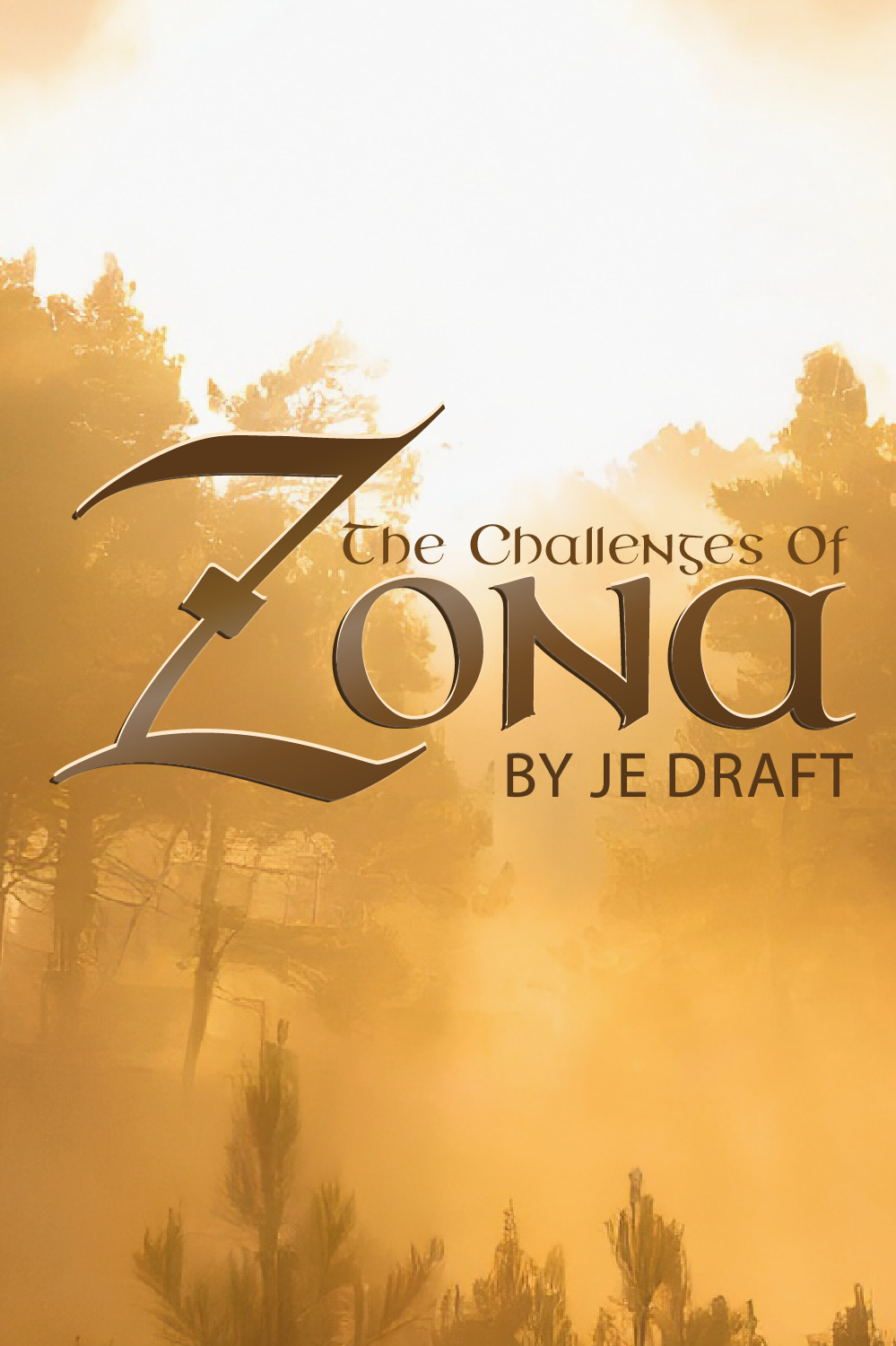Skip to content
TRANSCRIPT
TULA: Hello, Children. Today we’re going to continue to talk about the Kivalian religions and their history.
In the ancient times our ancestors created many magickal creatures with the aid of the powerful magicks of the Enemy. Among them were the most enormous and magickally powerful mortal beasts that our world has ever known. Yes, they were the dragons.
As tradition has it here in Erogenia.,in the final conflict with the Enemy and Luna and Teria, the dragons were deemed to be too dangerous to be permitted to remain free in the world. Not only were they dangerous in their own right and could have potentially destroyed the remaining humans, but they represented a temptation of power to those of our people who remained to try to control and use them for conquest. Therefore, since they were not, themselves, the cause of the evil that had been done nor were they inherently evil themselves, (nor were they truly good) the dragons were sent into the East to sleep until such time as we had matured enough in our power and wisdom to accept them into the world without either destroying them or allowing them to destroy us or the world.
Several hundred years ago, during a brief time of peace between our peoples, the story of the Dragons was communicated to some Thrasan priests, and it seemingly affected them profoundly. The Three Prophets, as they were known, Argan, Zultan and Kirgan, all three had the same dream of the awakening and return of the Dragons. Their texts are very long and poetic, but the short story is that they believed that God had shown them that the return of the Dragons would herald the end of their world’s age and the return both of the Enemy and of Thrasu to the world in a final conflict. As is often the case with such things, God would at that time cleanse the world of evil, separate the believers from the infidels and reward the faithful with a thousand years of mortal life before eternity in paradise. Draconianism began to spread throughout the young Kivalian empire.
This challenge to the order and authority of the Church was naturally not tolerated, and many deadly and hideous punishments were visited on the Draconian worshippers. This only consolidated resistance, promoted fanaticism and the schism led to war. In western Kivalia Draconians were not able to prevail, but pilgrims migrated east and south to the sea to create a sanctuary for themselves in Greymouth. They prospered and grew into a nation that rivaled that of the western Kivalians, and so naturally there is the occasional holy war to bring them back into the Empire and the Church, and coincidentally take their resources and territories for the Kivalian throne in Normos.
The fact that this is expressly forbidden in the teachings of Thrasu seems only of passing concern to the Heirophant or to most Kivalians, for that matter, whatever their sect.




14 thoughts on “Tula ‘Splains Draconians”
jedraft
And this should answer just a few questions.
Warm regards,
JED
The Last Garou
Curiosity sated!
Thanks JED!
Ganurath
This reinforces my prior suspicion that invoking the Draconian prophecies to broker a peace will make Gudik’s priest noisy again.
Lora
Thanks. I was curious about the Draconians. 🙂
Paddy
I wasn’t a million miles away then.
Ooorah
Yes, that definitely clears a few things up. On the other hand, this means that Yanora is basically asking Gudik to go to the enemy, say “You were right, we were wrong, my bad”, and then roll back to his throne. I know he’s not actually saying that (because even if the dragons have returned, it’s not necessarily the end-of-days), but that’s what it’ll sound like.
Tough to do that in politics.
Paddy
One interesting option is that he could play the “road to Damascus” card, saying that he had a vision and converted… not sure how the more pious in his own army would take that, of course.
jd.
Yay, backstory told by a pretty girl!
I like how she says “As tradition has it here in Erogenia”. It’s simple yet conveys that others may have different views, quite as respectable.
The only thing I don’t understand is the background of the second panel. For one thing, it rocks, it’s superb, it fits the Draconian theme perfectly. But by then Tula has switched to crusading history. (And all-too valid critique.) I’m not complaining, mind, because once again it’s splendid. Just a bit puzzled.
James
Murder is forbidden, but that doesn’t matter when material gains for those at the top are involved. Ain’t that always the way?
Raoullefere
Sounds about right. Quite a few practitioners in this world don’t let the actual tenets of their religion get in the way of engaging in a good smiting. Sometimes they do so if wealth and/or resources are to be gained thereby, but it seems to me at other times such things are done for the sheer hell of it. (In reality, some nabob’s move to power is usually behind those).
Someguy
HOLY EXPOSITION, BOOBMAN!
Calisto01
That is a very nice dress but the frilly top is unnecessary. I mean the top, not just the frills.
Uhl
Yeah… I’m not seeing Thrasu beat The Enemy, or any other entity.
Salisria
While it’s clear Thrasu takes a fairly hands off approach to his worshipers, we don’t have any evidence one way or another of how much power Thrasu has.
Categories
Meta
Archives
Archives